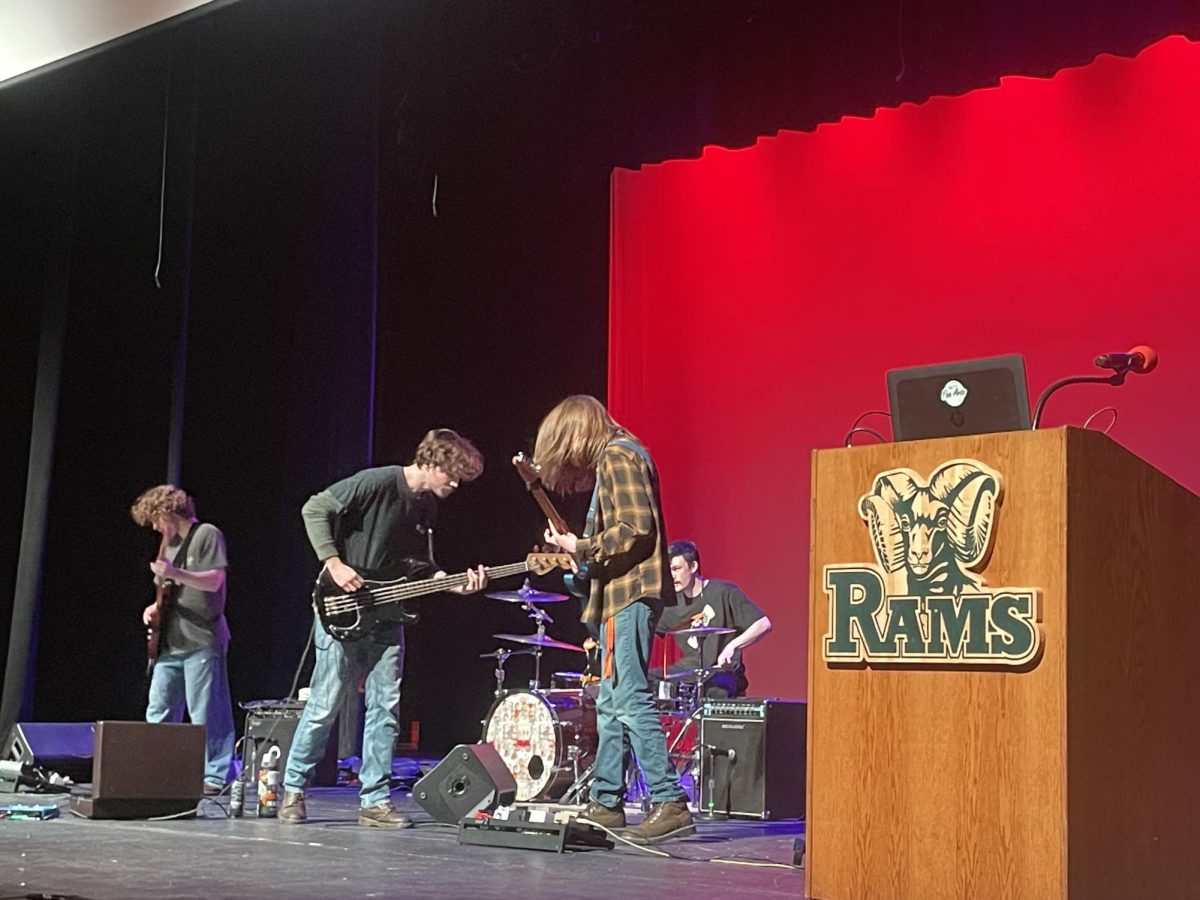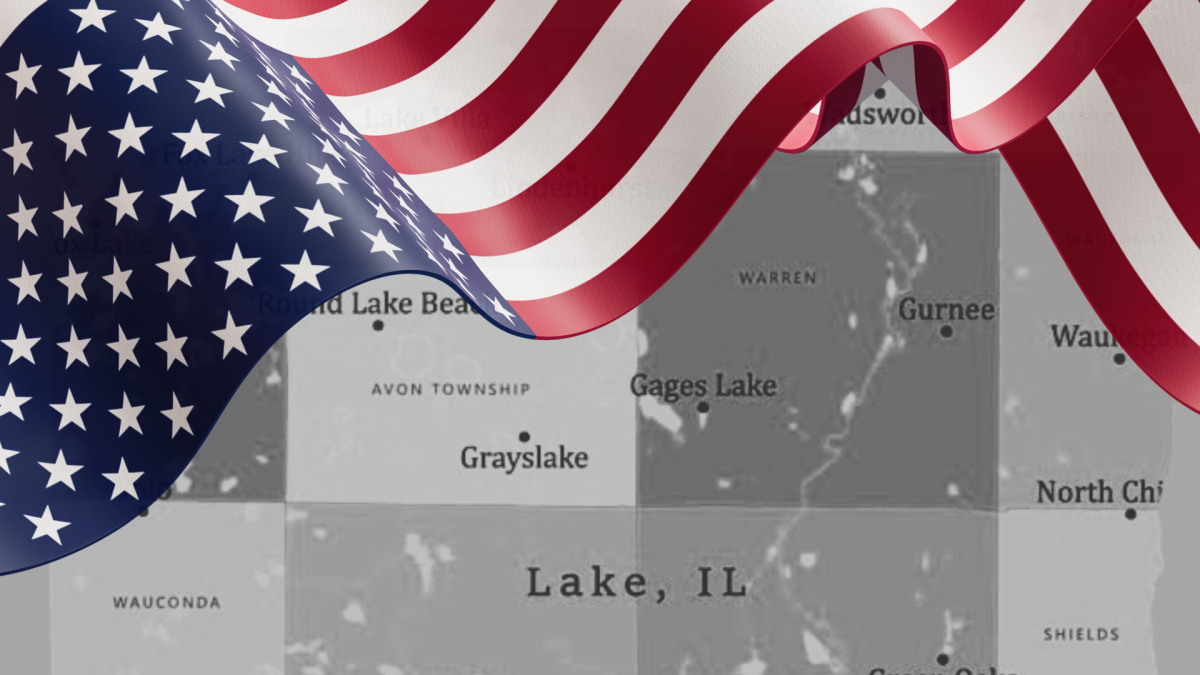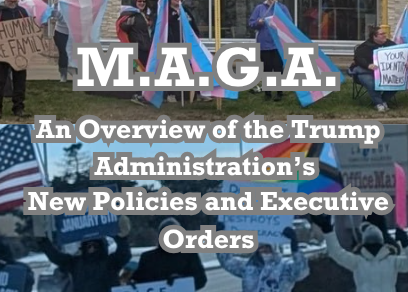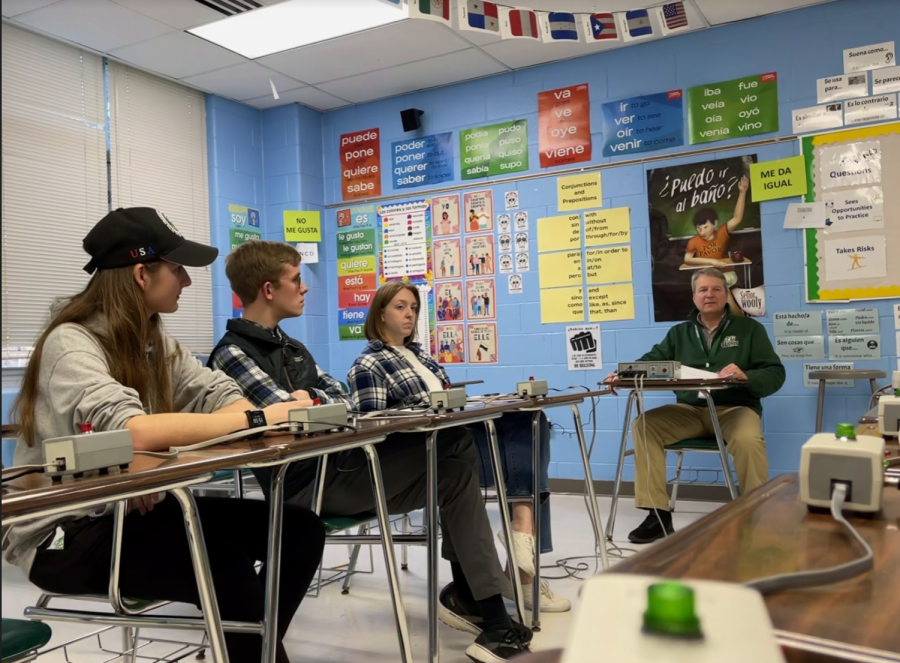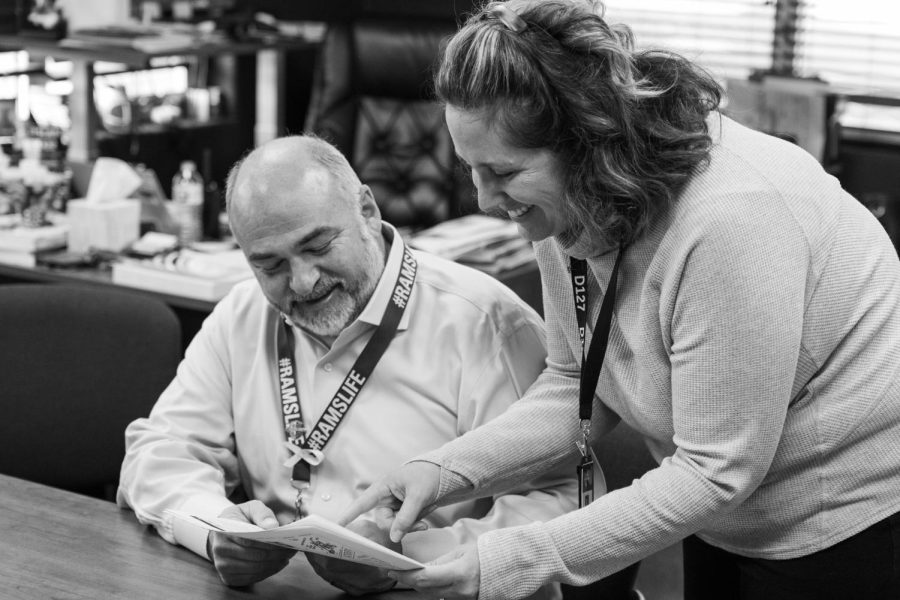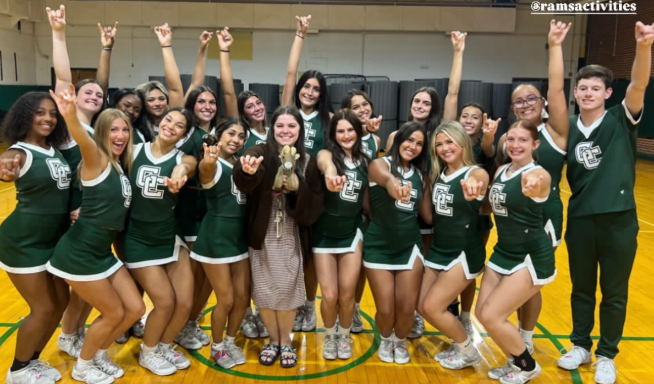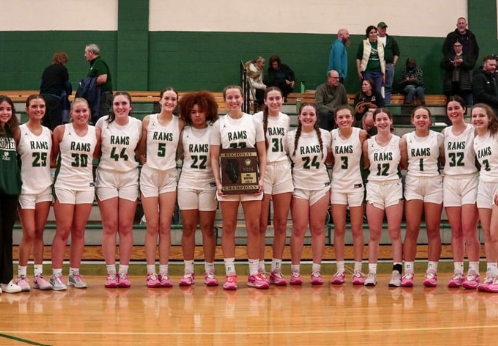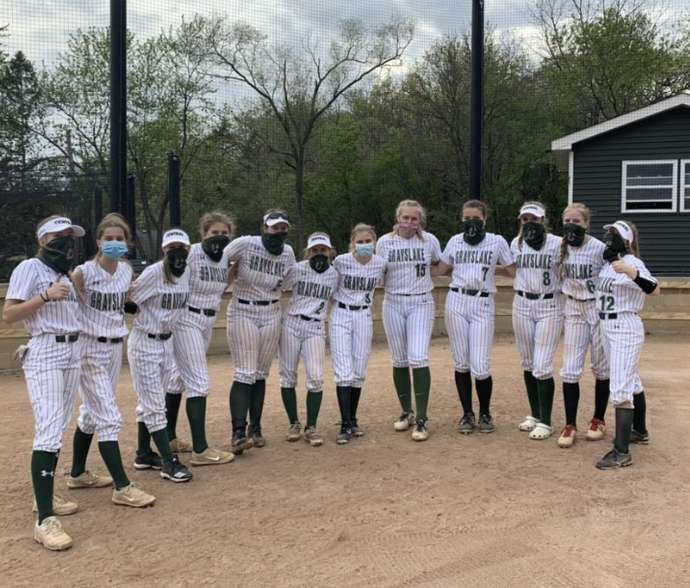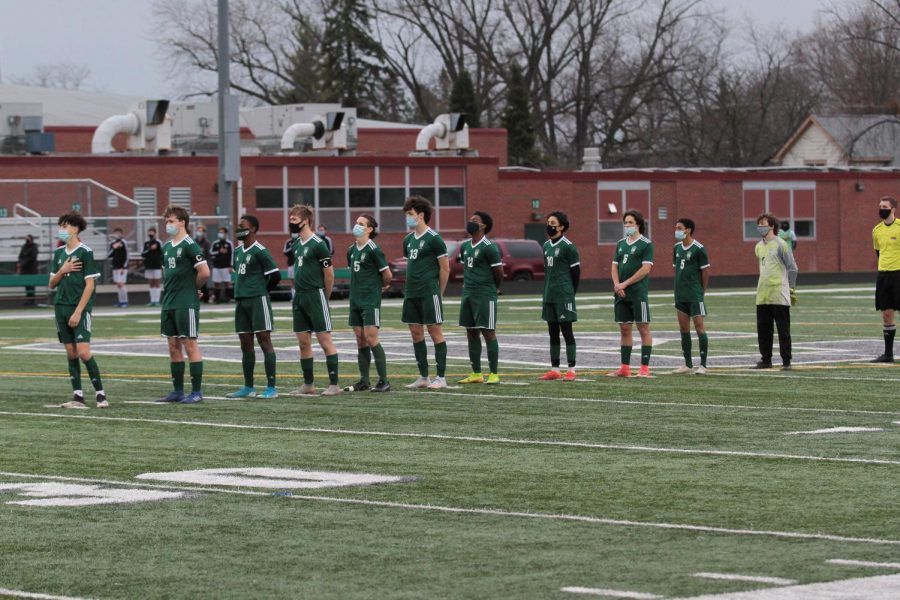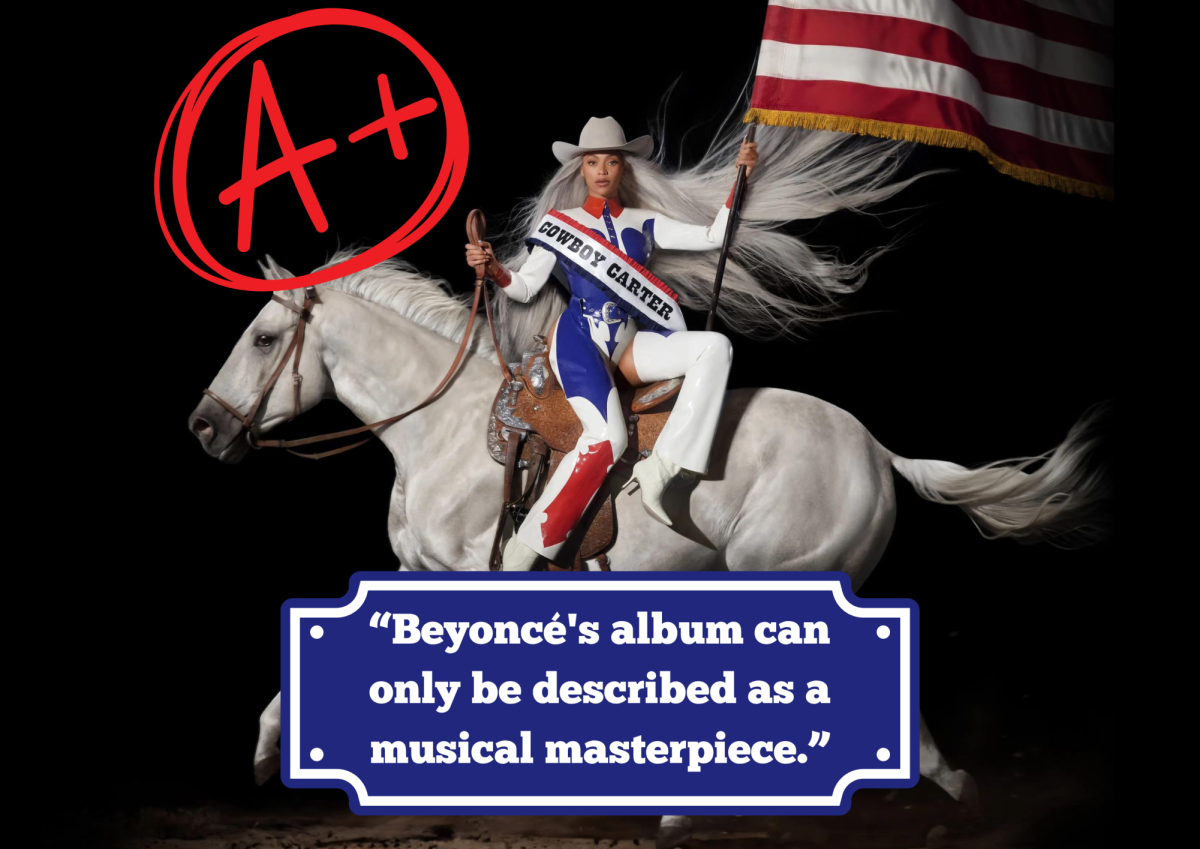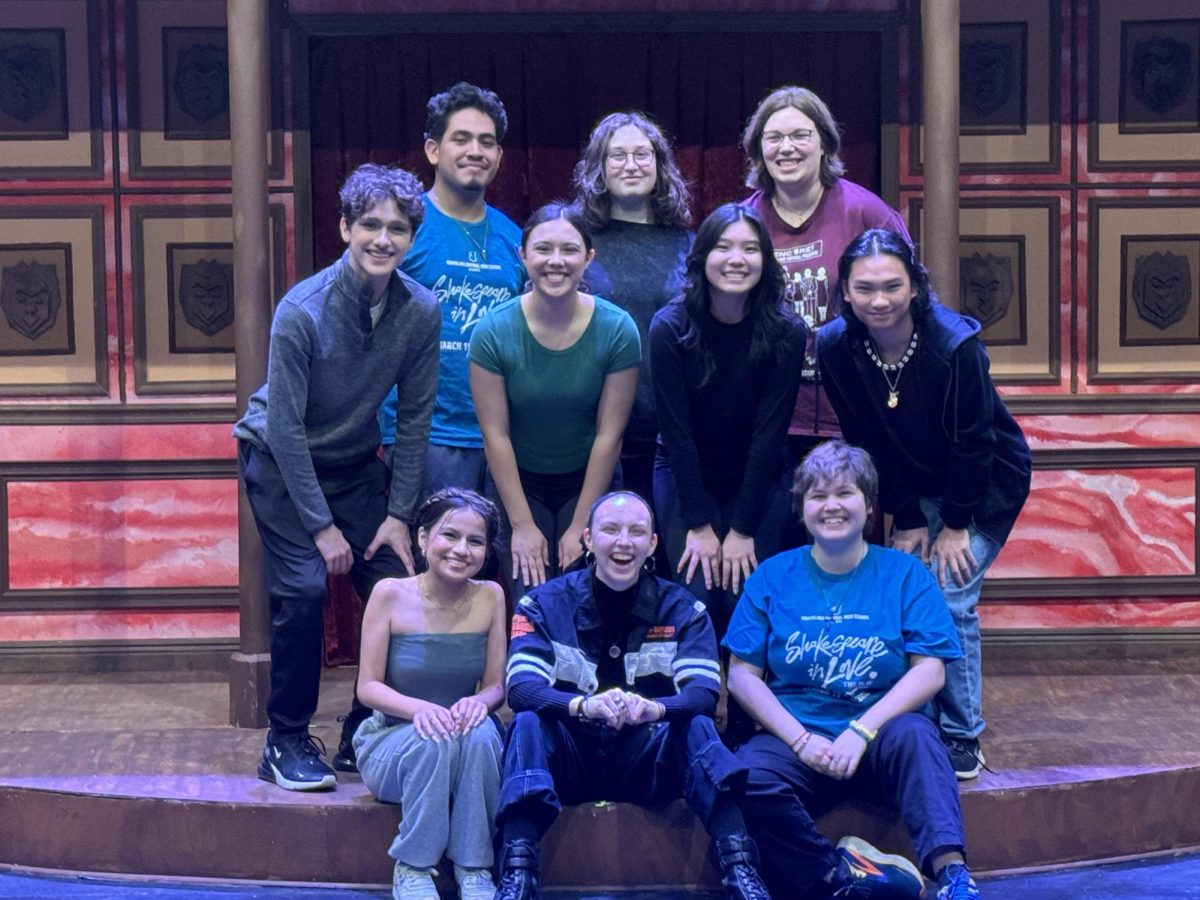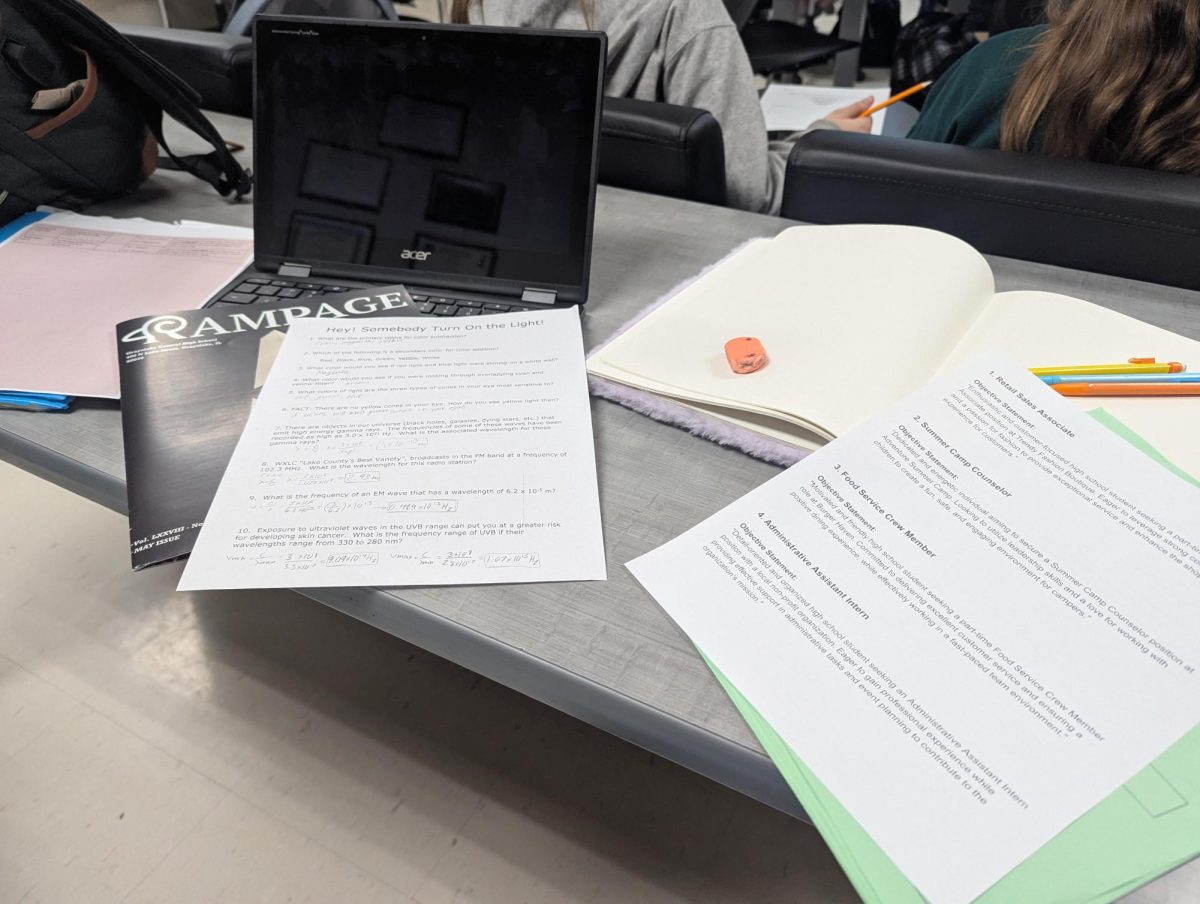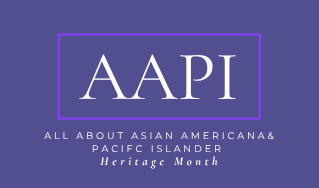The month of May is filled with many things, such as commemorating spring, hosting various cultural events, and awareness, specifically Asian American and Pacific Islander heritage month. According to asianpacificheritage.gov, this heritage month originated in Congress in 1977. A man named Frank Horton of New York introduced the House Joint Resolution 540 to proclaim the first 10 days of May as Asian American and Pacific Island Heritage Week in 1979. However, in 1992, Congress passed a public law that then designated the entire month of May as Asian American and Pacific Islander Heritage Month. According to edsitement.gov, the month of May was chosen to commemorate the immigration of the first Japanese settlers to the United States on May 7th, 1843. This was used to formally mark the anniversary of the completion of the transcontinental railroad in May 1869, in which the majority of the workers who laid the tracks were Chinese immigrants.
When asked what AAPI Heritage Month means to her, Grayslake Central freshman and Asian American Student Association member says, Dani Racho said she takes the month and uses it as “a time to study and learn more about the Asian and Pacific Islander culture during the month and to learn about where we come from and why we celebrate this month.” GCHS offers many clubs, like the Asian American Student Association (AASA), that help students recognize and celebrate AAPI culture. Racho said about the opportunities given to AAPI GCHS students, “With the amount of Asians in our school and just the clubs, in general, it is a nice way to connect with people from the same culture as well as different cultures. [It] help[s] you become more connected with who you are and your identity as an Asian American.”
Many Asian Americans and Pacific Islanders are credited with groundbreaking contributions made to our collective society. In the 1940s and 1950s, Chinese-born physicist Chien-Shiung Wu was a critical part of developing the field of atomic science. This included the Manhattan Project, which was a code name for the research into the atomic bomb during World War II. Wu was asked to design an experiment that would prove their theory on beta decay. Sadly, Wu did not receive a Nobel prize along with her other colleagues for their work.
Another groundbreaking contribution made by AAPI citizens was in the plight of farm worker rights. According to history.com, a man born in the Philippines, Larry Itliong, immigrated to the United States in 1929 at the age of 15 and immediately began working as a laborer. In the year 1930, he he joined striking lettuce pickers in Washington and spent the next several decades working as a labor organizer and eventually, a union leader, forming the Filipino Farm Labor Union in 1956. In 1965, Itliong and some of his union colleagues organized the Delano Grape strike, which was a walkout of 1,500 Filipino grape-pickers who were demanding higher wages and improved working conditions. This move gained momentum and it eventually stopped the strike.
AAPI Heritage Month is a reminder of the resilience and strength shown in the face of adversity, including discrimination and exclusion throughout history. It’s a time to uplift AAPI voices, share diverse stories, and practice understanding and unity. By acknowledging the impact of AAPI communities, we can continue to build a more inclusive society that values diversity and honors the contributions of all its people.



